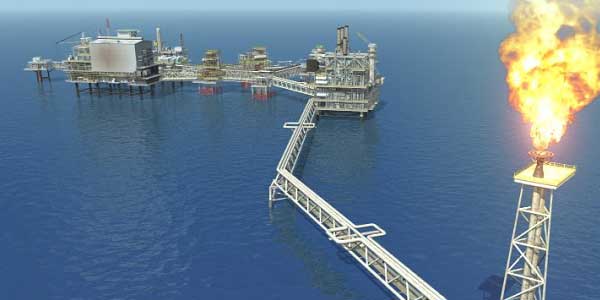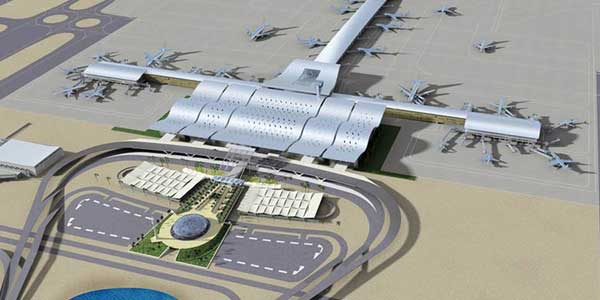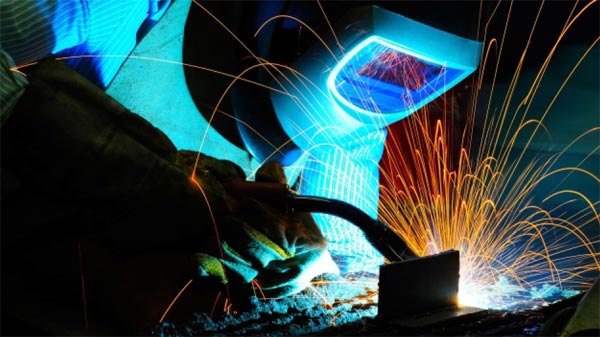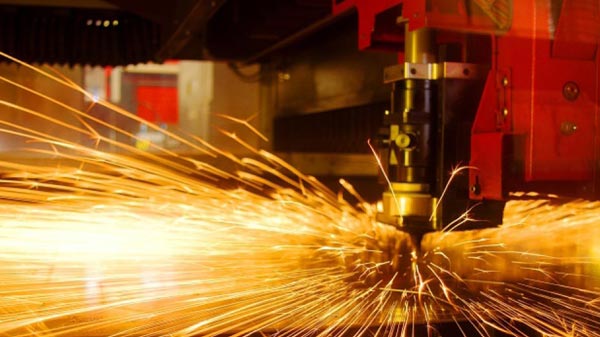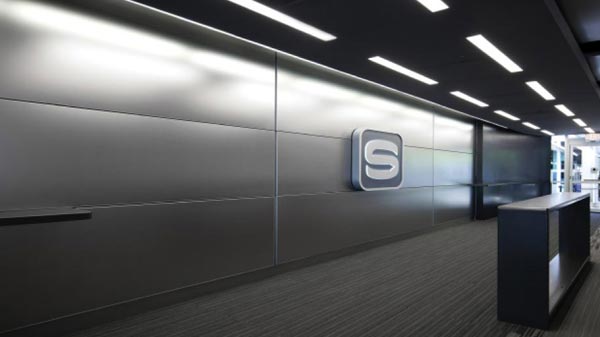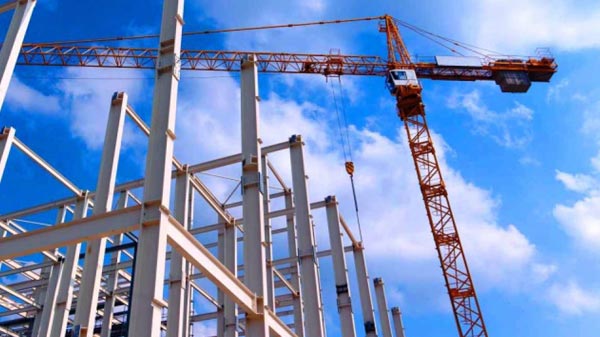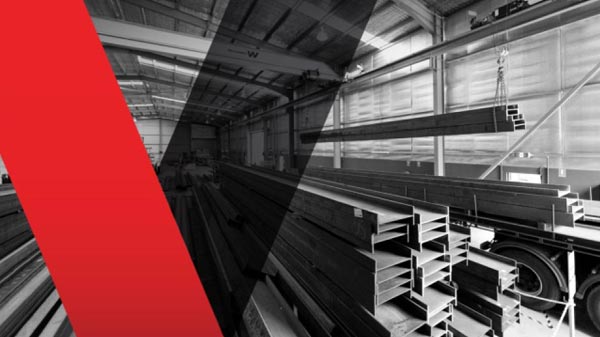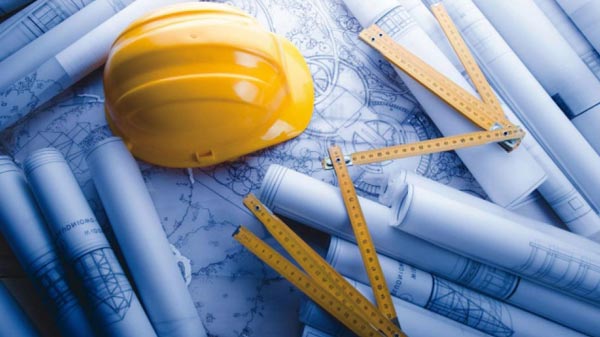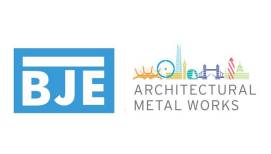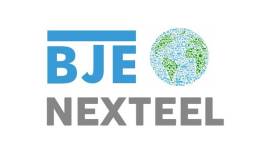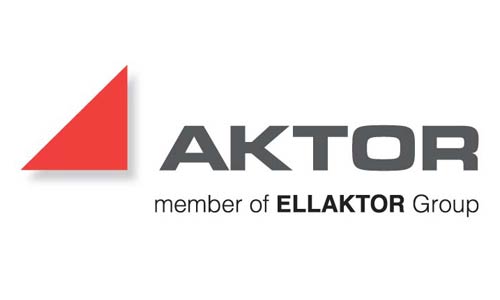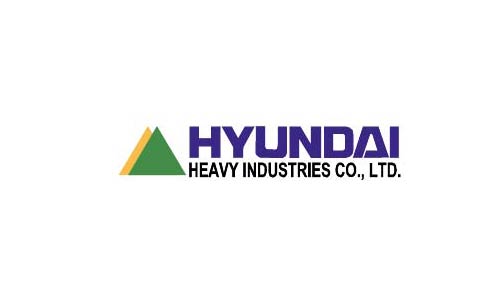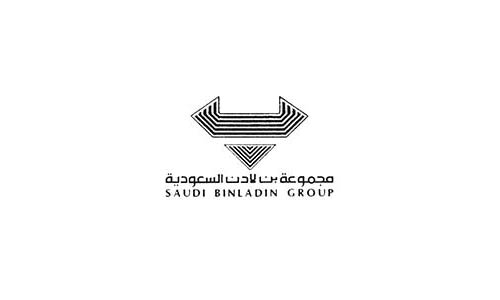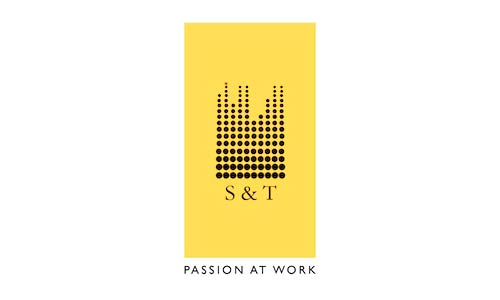
Bin Jamal Enterprises!

Our Chairman
Abdulla Gholoum Abdulla Jamal
BJE is recognized as one of the leading steel fabrication and architectural metal work contracting company in Qatar. Its 3 workshops combined makes it one of the largest and most advanced structural steel fabricators in Australia – with fully integrated CNC machines delivering a quality product, on time, first time
Our company is focused on maintaining its leadership position in using technology to improve the efficiency, quality and cost in fabricating structural steel. Combining a stable workforce, with management experience in delivering over 50 projects in the last 5 years, BJE is well equipped to provide structural steel for projects of any size
As our business continues to grow, we continue to recognise service, clients needs and their schedules as the core of our success. BJE Steel is able to discuss completion of your next project. We would like to extend it's gratitude to the many clients we have served over the years and add a welcome to new clients and associations.






